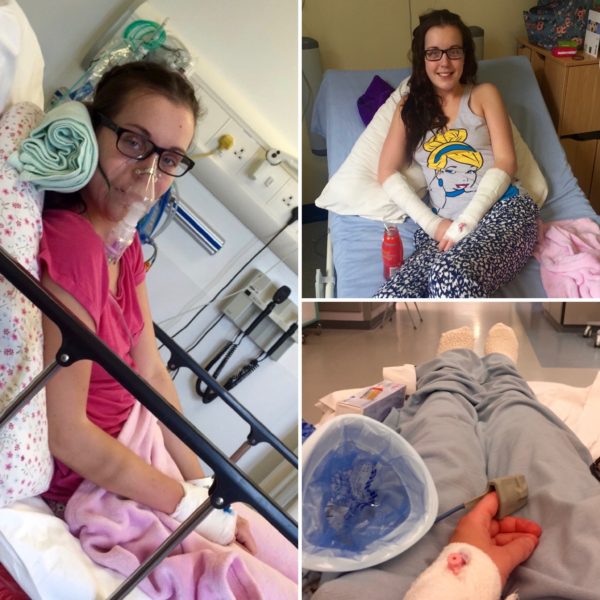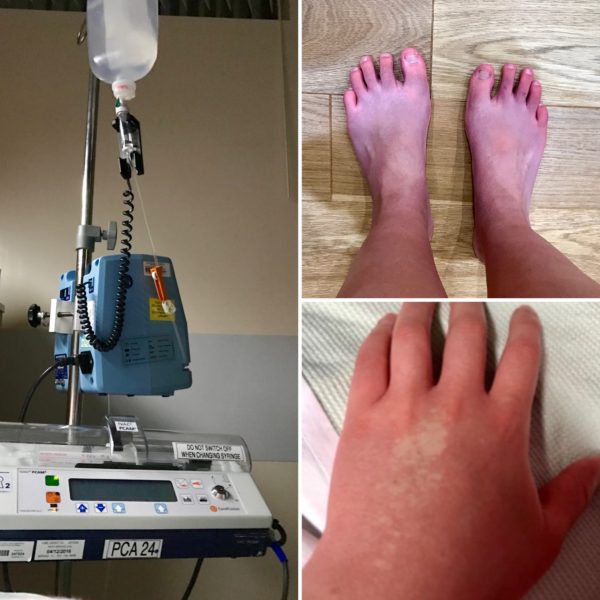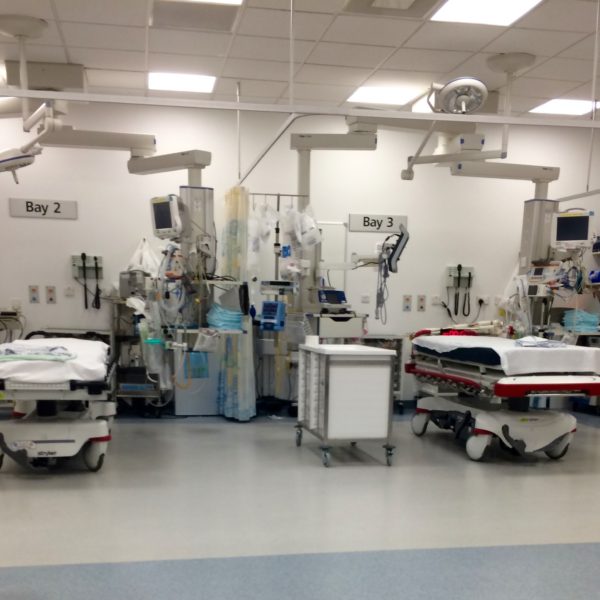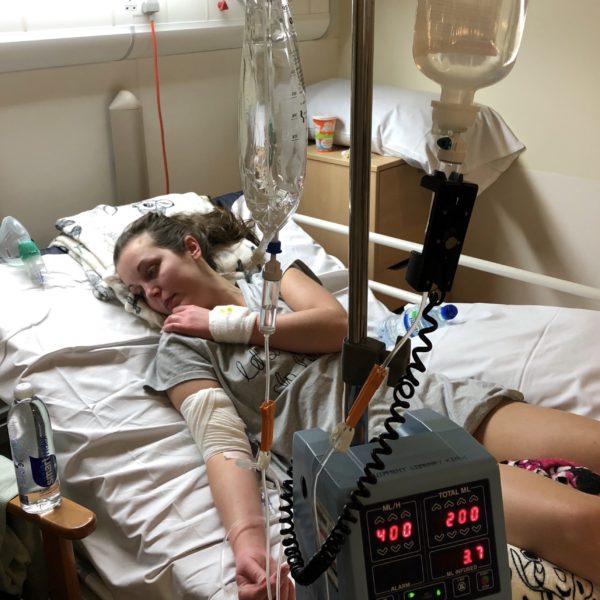
Did you know that October is Dysautonomia Awareness Month? A month dedicated to highlighting some ways in which the Autonomic Nervous System can malfunction, including Dysautonomia!
Trigger Warning - As this post is aimed at raising awareness, I wanted to showcase some of the debilitating symptoms caused by Dysautonomia using raw images. They are certainly not the most flattering photos, but I knew my mum’s sneaky hospital snaps would eventually come in handy! However, I recommend checking out some of our other blog posts if you are uncomfortable seeing images of hospital emergency rooms, intense medical treatments, and suffering patients.


It controls bodily functions that you don’t have to think about, such as heart rate and blood pressure regulation; digestion; sweating; stress response and bladder control.
A form of low blood pressure that occurs upon standing. This is because gravity makes the blood in your legs and abdomen pool; causing your blood pressure to decrease, due to the lack of blood circulating back to your heart. Normally, special cells sense this change and immediately signals the brain to ensure your heart beats faster and pumps more blood. Pretty impressive stuff! Although some of us don’t have this natural ability and become lightheaded; dizzy; weak; nauseous; confused and prone to fainting.
Another condition that causes a drop in blood supplied to the heart and brain upon standing. Causing your heart to race, as it tries to compensate for the drop in blood supply. Both PoTS and Orthostatic Hypotension have similar symptoms. However, PoTS can also cause heart palpitations; uncontrollable shaking; sweating; fatigue; chest pain and shortness of breath.
This occurs when you faint, as your body is reacting to a trigger. Causing a sudden drop in heart rate and blood pressure, which in turn reduces blood flow to the brain. Collectively these symptoms can lead to a brief loss of consciousness. Common triggers include standing for long periods and/or suddenly changing position, heat exposure and extreme pain.
Autonomic Dysfunction is often associated with other medical conditions. Yet the lack of awareness surrounding these comorbidities makes it harder for patients to access suitable treatments and effectively manage symptoms, some of which can be severely disabling. Because of this, like many people, I spent years trying to convince medical professionals that my health issues were real - a process that massively impacted my mental health. Thankfully, I am now under the care of several incredible team's located in Newcastle and London. But for those of you unable to access continuity of care, I suggest checking out the directory of specialists created by PoTS UK. You can also explore their list of management techniques, GP handbook, and patient centred information booklet. Although it’s important to seek professional advice before making any changes to your management/treatment plan!



Hi, I'm Lauren and I have been living with a collection of disabilities for the past 8 years. I initially had a passion for teaching children with special needs, but my health prevented me from pursuring my dream career. Despite this, I now love nothing more than sharing my experiences to help other people living with disabilities.
Hi, I’m Lori and was diagnosed with Ehlers Danlos Syndrome and a family of co-morbid conditions which has made life highly complex. However I constantly aim to make life as ‘normal’ and fulfilling as possible - and through this, I discovered the benefits of writing about my journey.
 GET IN TOUCH
GET IN TOUCH


